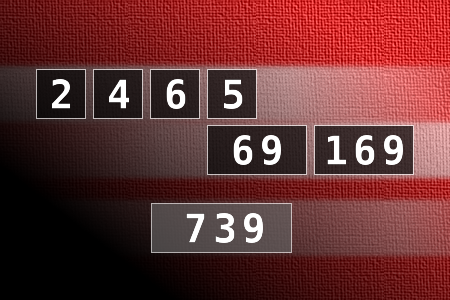Calculate the number 739
NUMBERMANIA: Calculate the number 739 using numbers [2, 4, 6, 5, 69, 169] and basic arithmetic operations (+, -, *, /). Each of the numbers can be used only once.Correct answers: 1
#brainteasers #math #numbermania

An elderly retired gentleman h...
An elderly retired gentleman had had severe hearing problems for some time.
He went to the doctor and the doctor was able to have him fitted for a set of hearing aids that allowed the man to hear better than he had ever heard before.
One month later, the elderly man went back again to the doctor. The doctor said, "Your hearing is perfect. Your family must be really pleased that you can hear again."
The gentleman said, "Oh, I haven't told my family yet. I just sit around and listen to the conversations. I've changed my will three times!"
He went to the doctor and the doctor was able to have him fitted for a set of hearing aids that allowed the man to hear better than he had ever heard before.
One month later, the elderly man went back again to the doctor. The doctor said, "Your hearing is perfect. Your family must be really pleased that you can hear again."
The gentleman said, "Oh, I haven't told my family yet. I just sit around and listen to the conversations. I've changed my will three times!"

